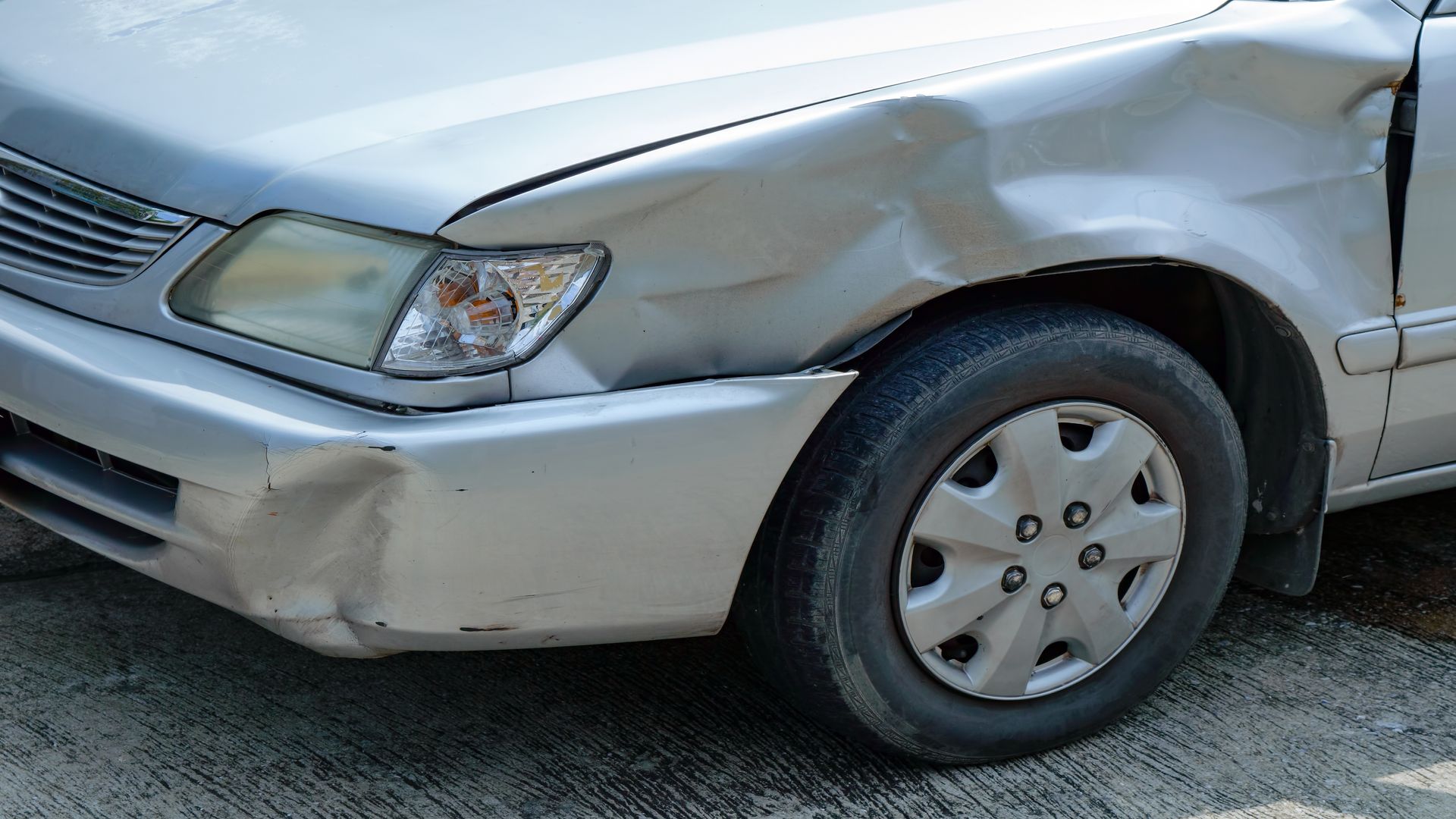Should You Repair Or Replace Your Car Bumper?
You may experience damage to your car’s bumper after an accident. Even a minor mishap can still result in extensive bumper damage. Thus, you might not necessarily measure your need to repair or replace the bumper by the type of accident.
Sometimes, a recommended site can guide you on steps to take when you have bumper damage. You can also get bumper repair tips from such a site. But in addition to such info, it would also be best to visit your local auto shop and get a professional opinion on whether to repair or replace your bumper. The reason is that what you might see as a non-issue can be a safety concern once checked by the dealership.
If you’re still torn between repairing and replacing your damaged bumper, the below guideline can help you make a more informed decision.
To Repair Or Replace Your Bumper: What To Consider
Check The Extent And Nature Of The Damage
Before everything else, you must thoroughly examine the bumper damage. This diagnosis can save you time and cost. For example, you may decide to repair, but the damage actually warrants a complete replacement. Because you failed to check the extent of the damage first, you might have to go back to the auto shop again sooner than you should. To avoid that, below are common damage points that can help you assess your bumper’s condition.
Dents
Minor dents can be easy to fix. This is especially the case if they cover a small surface area of the bumper. The mechanics can easily pull out the dent when you take your car to the auto shop. After that, they can repair the paint damage and restore the bumper’s eye appeal. It’s, however, essential to examine if the dent extends to other parts of the bumper.
Extended dent damage can compromise the structural integrity of the bumper, reducing its safety mechanism. You may suffer significant injury if you get into another accident, even a minor one. In addition, the car can get extensive damage. Hence, if the dent is significant and covers a more extensive area, it would be best to replace it altogether. This way, you protect yourself and avoid costly repairs if you’re involved in another accident.
Scratches And Cracks
Like dents, minor scratches can mean a quick paint job at your local dealership. Even for deeper scratches, it would take significant time but is still much easier to repair. These can require sanding and filling before doing the paint job.
On the other hand, scratches covering a large area can quickly develop into cracks and holes. This may require extensive repair jobs after a thorough diagnosis. In some cases, if it affects the bumper’s structural integrity, you may need to replace it altogether. Furthermore, repairing some cracks and holes can be costly and time and labor-intensive. Thus, it might be much easier and better to replace.
Broken Hooks And Fasteners
Fasteners and hooks have latches that help secure the bumper in place. In addition, they also help maintain the car’s visual appeal. If you’re in an accident, these parts may break, thus, becoming ineffective. They may also become weak or bent. Therefore, their structural strength may not be enough to keep the bumper securely.
Therefore, if you’re in an accident, it’s crucial to have these checked by a professional. If there’s any weakness, it would be best to replace the bumper instead of repairing it. The reason is that a minor accident may cause more damage to the car, which may cost you more. Furthermore, the hooks and fasteners may not hold the bumper securely. Thus, the car might lose its aesthetic appeal and be illegal to drive.
Consider The Bumper Material
Several high-performance plastics, like polypropylene, are used to make car bumpers. Each of these materials contains varying properties. Additionally, their cost and ease of availability can also vary. Thus, you can find some materials might be more flexible than others, and others might be tough and more resistant to abrasions. For these reasons, some impacts may only require minor repairs.
Furthermore, rarely available bumper materials might be more costly. Thus, it might make more cost-sense to repair than replace. You should note that the choice to repair might depend on the severity of the damage and how it affects the safety integrity of the bumper.
Factor In The Cost
Sometimes the cheapest option might be the most expensive in the long run. For instance, you may fix a crack now, but it can develop into a bigger problem after a few drives. It may affect the bumper’s hooks and fasteners, making the bumper weak and providing less protection. In such a case, you would return to the auto shop to spend more. Hence, completely replacing the bumper would be best in such a scenario.
Conclusion
Repairing or replacing your car’s bumper can depend on various reasons. Most significant of which is the nature and severity of its damage. If the damage affects its structural integrity, replacing it would be best. However, it would help to seek advice from your local dealership on the appropriate steps.



